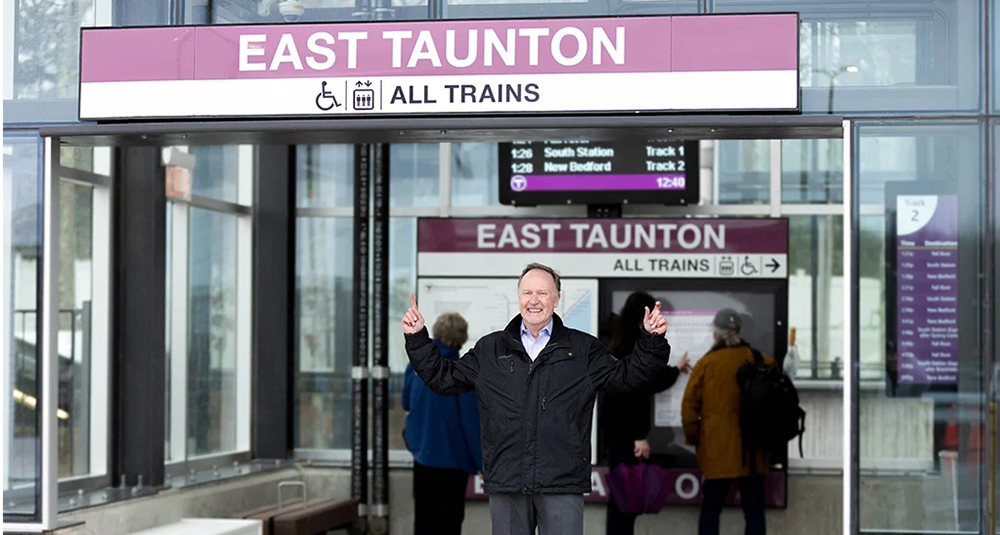


We hoped that 2021 would see an end to the pandemic, and that we would be returning to “normal” in a post-COVID society. Yet here we are at the beginning of 2022, still waiting, while the global pandemic continues to create challenges for the commercial real estate industry.
As we progressed through 2021, we gained insight as to the overall impact that the pandemic has had on the New Hampshire seacoast commercial real estate market. As we anticipated, demand remained high for industrial, multi-family, and investment properties. Conversely, the office market is still evolving as companies continue to work remotely, and the hospitality and restaurants industries have continued to navigate COVID-19 restrictions and labor shortages.
Seacoast Office Market
The Seacoast New Hampshire office vacancy rate remained relatively flat from 2020. The year-end 2021 average vacancy rate is 10.9% versus 10.6% in 2020, while the 2019 “pre-COVID” vacancy rate was 7.3%. For comparison, the national office vacancy rates were 9.6% pre-COVID in 2019 while increasing to 10.0% and to 12.2%* in 2020 and 2021, respectively.
The good news is that the seacoast office market is below the national average for vacancy and appears, at this point, to have weathered the COVID storm. Having said this, we still don’t know the long-term implications to the office market, as many companies continue to work remotely.
Average asking lease rates increased from $14.25 per s/f NNN in 2020 to $14.47 per s/f NNN in 2021. The difference shows that the higher priced markets such as Portsmouth and the Pease Tradeport are experiencing higher vacancy than years past.
There are still many unknowns however. Some tenants are renewing their leases short term and taking a “wait and see” approach. Others have continued to “mothball” their space and expect that when the pandemic ends, their employees can return to the office. Still others, may decide to vacate or downsize as their lease terminates over the coming year.
Trends to watch in 2022
Office Demand
• The demand for smaller office footprints in the 2,500 s/f to 5,000 s/f range is stronger than larger office footprints due to the willingness to downsize from companies of all sizes.
Hybrid/Hoteling
• Hoteling is a term that has become popular as offices adopt a hybrid workplace strategy. Employees can reserve workspace on a specific day and time, much like booking a hotel room.
Adaptive Reuse
• Fueled by the strong demand for industrial product, we may see larger office space converted for industrial use.
Remote
• The ability to work remotely appears to be here to stay. It has become a vital benefit to attract and hire employees in this tight labor market.
Technology
• Companies will continue to invest in technology to make it easier for their employees to seamlessly work between their company office and their home office.
Seacoast Industrial Market
Since 2000, the industrial market has not changed much year over year. The vacancy rates or asking lease rates would vary slightly up or down, but we have never experienced anything close to the changes we have seen in 2021.
As of December 15, 2021, the seacoast vacancy rate was 2.3% - a decrease from 3.9% at year-end 2020. Most of that vacancy, 63%, is in one building in Durham that sold this past October. At the time of the sale, the entire 263,000 s/f of industrial/warehouse space was vacant. According to the broker representing the new owner, they expect all 263,000 s/f, plus additional expansion space, will be leased by the spring of 2022. If this happens, there will be less than 1% of industrial inventory available in the New Hampshire seacoast.
The most impressive change, however, has been the increasing asking lease rates. In some cases, the asking lease rates are approaching, or exceeding asking office rents.
There are a few factors causing this unprecedented change. Disruptions to global supply chains have forced companies to store more inventory onsite, while also growing to meet increased demand. Furthermore, these supply disruptions from overseas have companies shifting some of their manufacturing back to the USA. Additionally, out of state companies are looking to the seacoast for space because of low inventory and accelerating lease rates in other parts of the country.
What to do? Build more buildings? Sounds easy, but there aren’t many options, especially along I-95. Further, much of the current demand is immediate and waiting 12-18 months for a new building isn’t an option. However, there are a few new development projects in the works for companies that have time on their side. We should also see adaptive reuse of retail or office buildings. This would pose some challenges with zoning, low celling heights, access, etc. but companies are being forced to look at every option.
So, what can we expect in 2022? More of the same. Vacancy rates will remain extremely low and lease rates will continue to increase – although there will be a ceiling to these asking rents beyond which tenants cannot justify. This will prove especially true as those asking rents start to compete with costs of new construction.
* Forecasted data sourced from the National Association of Realtors
Kent White is principal broker|partner and Christian Stallkamp is senior broker with The Boulos Company, Portsmouth, N.H.




